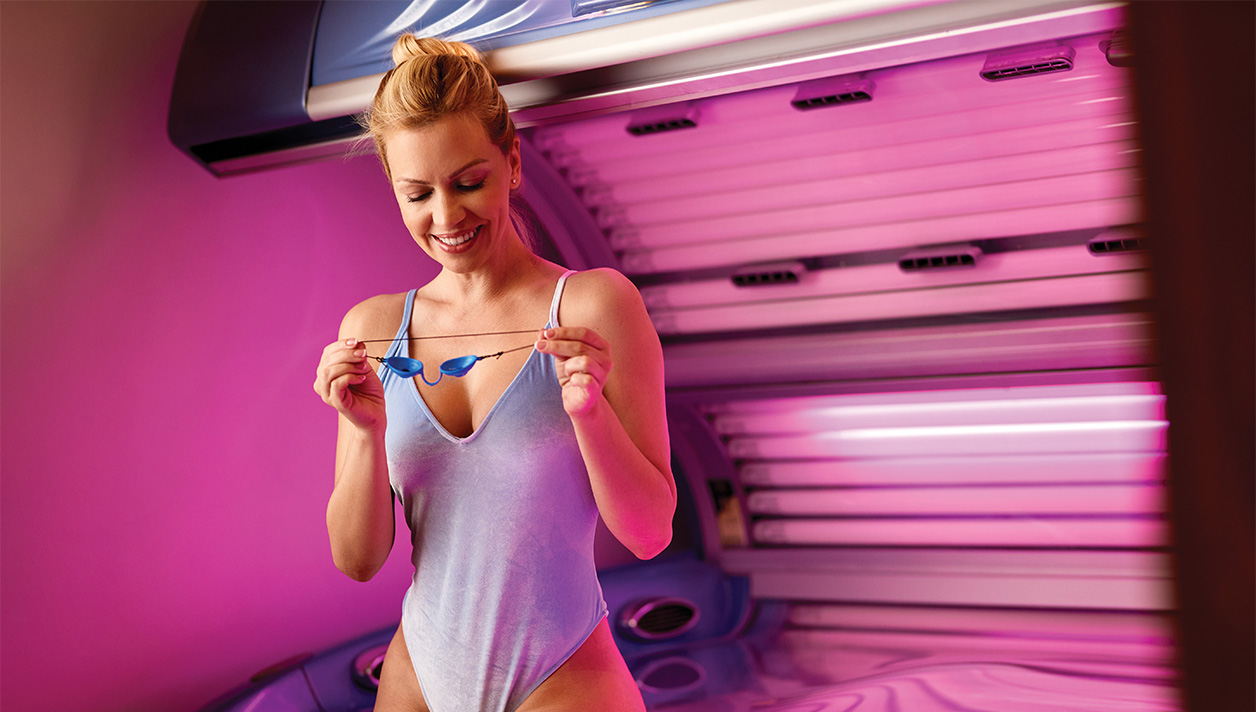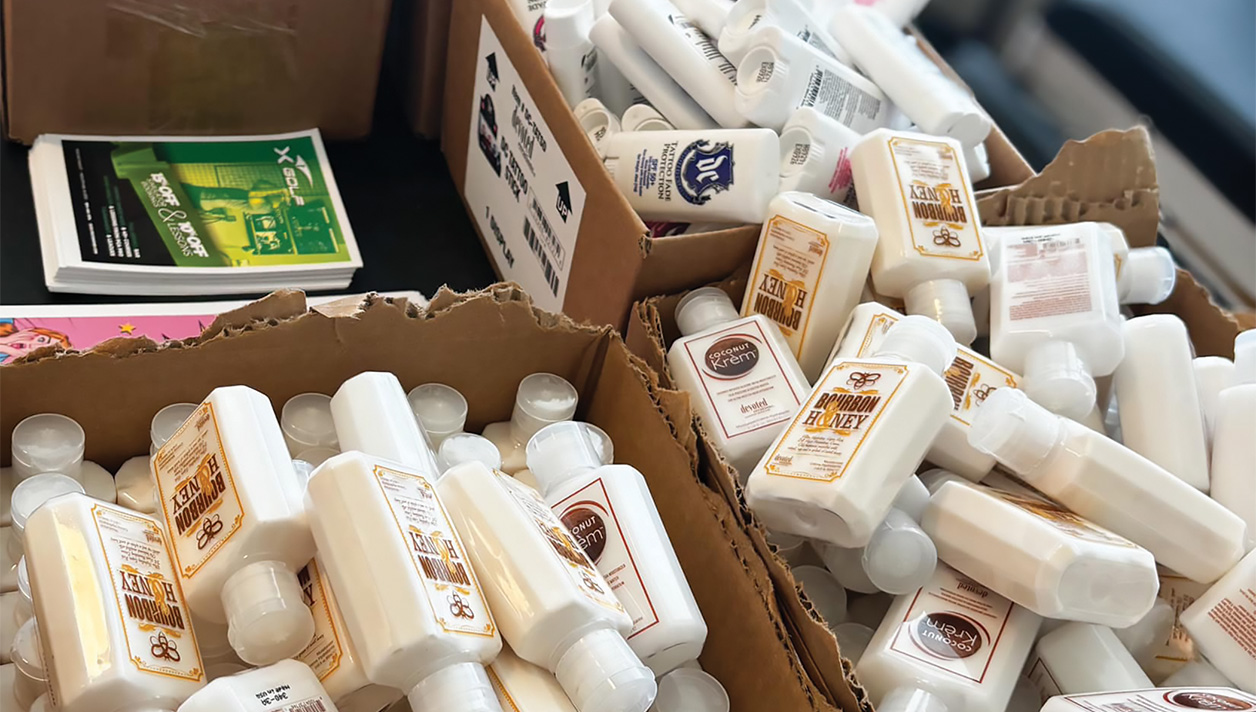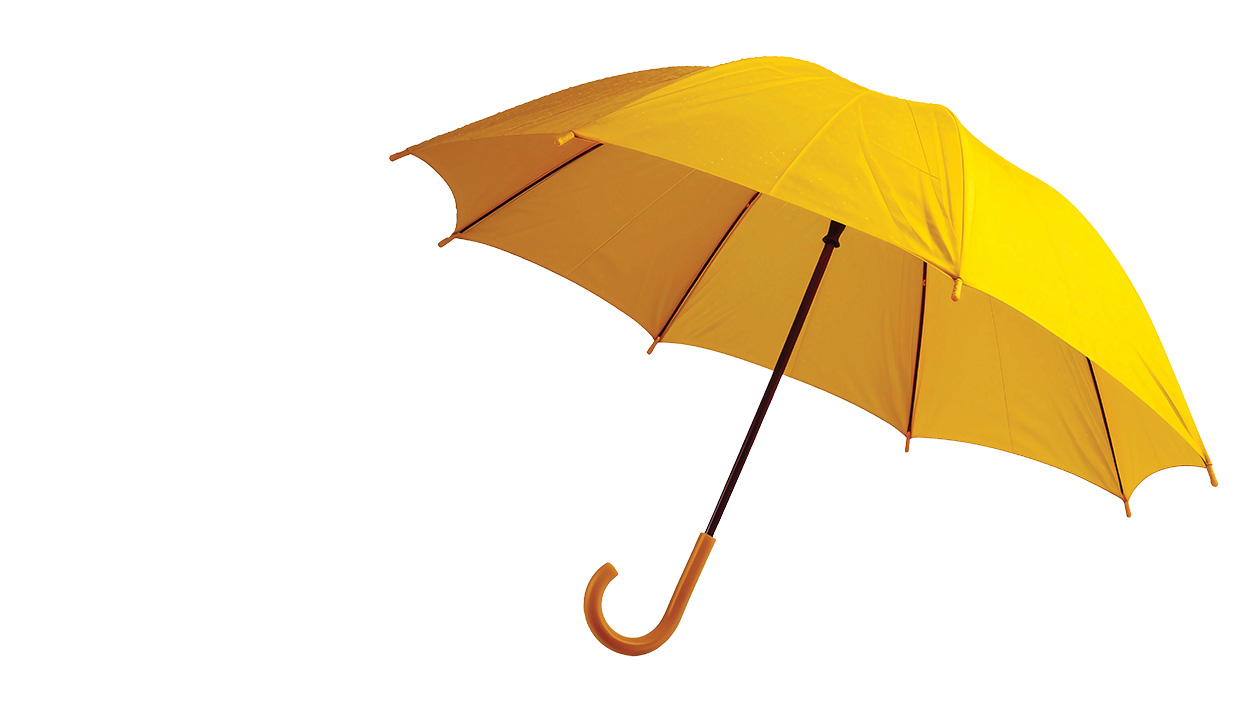[gap height=”15″]
This month, I went north of the border for this report to take a look at some recent tanning-related headlines in the Canadian press. I found one that piqued my interest: “What is the No. 1 reason that 1.35 million Canadians are still using tanning beds?”
[gap height=”15″]
Well, the survey says (drum roll) … to get a base tan.
[gap height=”15″]
I found that this January 2018 release was based on a survey done by Statistics Canada in January of 2017 from the 2014 Canadian Community Health Survey. (See goo.gl/9yievF-survey.) So, basically, what we have here is four-year-old info. Let’s proceed.
[gap height=”15″]
Here are the numbers from the Canadian Cancer Society. (See goo.gl/p1qMcP)
[gap height=”15″]
- 7,200 Canadians will be diagnosed with melanoma skin cancer.
- 1,250 Canadians will die from melanoma skin cancer.
- 4,000 men will be diagnosed with melanoma skin cancer and 790 will die from it.
- 3,300 women will be diagnosed with melanoma skin cancer and 450 will die from it.
[gap height=”15″]
The Statistics Canada data said that in 2006, about 11% of women and 3% of men were using tanning beds. A decade later, 6% of women and 2.7% of men were still using them. Women made up the majority – 70% of those who use tanning beds are women aged 18-34. So, sunbed usage is down in Canada for both men and women. Also, note that most were going for fewer than ten sessions (an annual average of less than one session per month).
[gap height=”15″]
So, if sunbed usage is down but UV sessions are being singled out as the reason for skin cancer in Canada, and women make up 70% of tanning bed users (probably quite similar in the U.S.), how is it that men make up more than half of all melanoma diagnosis and fatalities?
[gap height=”15″]
Largely, outdoor sun exposure is responsible.
[gap height=”15″]
“Dermatologists believe that the gender disparity in skin-cancer diagnoses and deaths can be explained by both behavioral and biological factors. Speaking broadly, men might be more inclined to ignore matters of dermatological health or skin care, which tend to be seen as feminine. Or, as New York City dermatologist Dr. Neal Schultz phrased it, ‘Guys don’t like applying schmear anywhere, but particularly to their faces.’ Women – again, speaking broadly – may be more used to applying lotions and caring for their skin, if only because it’s something they’re socialized to pay attention to at a young age. And to add to the female advantage, SPF is now routinely added to moisturizer, foundation, and BB creams, making sun protection an invisible step in the self-care process for many women.” For more info, visit New York Magazine at goo.gl/D2iuo2
[gap height=”15″]
Here’s another nugget of wisdom from the article positioning sunbed avoidance:
[gap height=”15″]
“Tanning beds can give off almost five times more radiation than the sun and that radiation causes skin cancer,” according to Rob Nuttall, Assistant Director of Health Policy at the Canadian Cancer Society.
[gap height=”15″]
Well Mr. Nuttall, factors such as time of day, time of year, reflective surfaces like sand, snow and water, proximity to the equator and pollutants all affect UV intensity. There is no generic reading of sunlight! The UV intensity on a January day at 9am in Toronto certainly is much different than the UV intensity on a July day at noon on the beach in Rio de Janiero!
[gap height=”15″]
So, let’s go back to the original proposition; the main reason Canadians continue to tan indoors is to obtain a base tan – which they mockingly note as providing an SPF of only 2-3. And, that folks still need to use SPF product. Well, that’s correct. But tell me: which person on their beach vacation has the best opportunity to avoid overexposure and sunburn? One with a pre-trip base tan, or the one with none at all? How many people have you seen at the beach basically fried with sunburn and still basking in the sand? Lots! And many sunburns could have been avoided with some moderate UV from a sunbed prior to hitting the beach.
[gap height=”15″]
Remember, millions of people weigh the risks and benefits of UV exposure and choose indoor tanning, where sessions are controlled by skin type and a timer designed to minimize the risk of sunburn and overexposure.
[gap height=”15″]



























